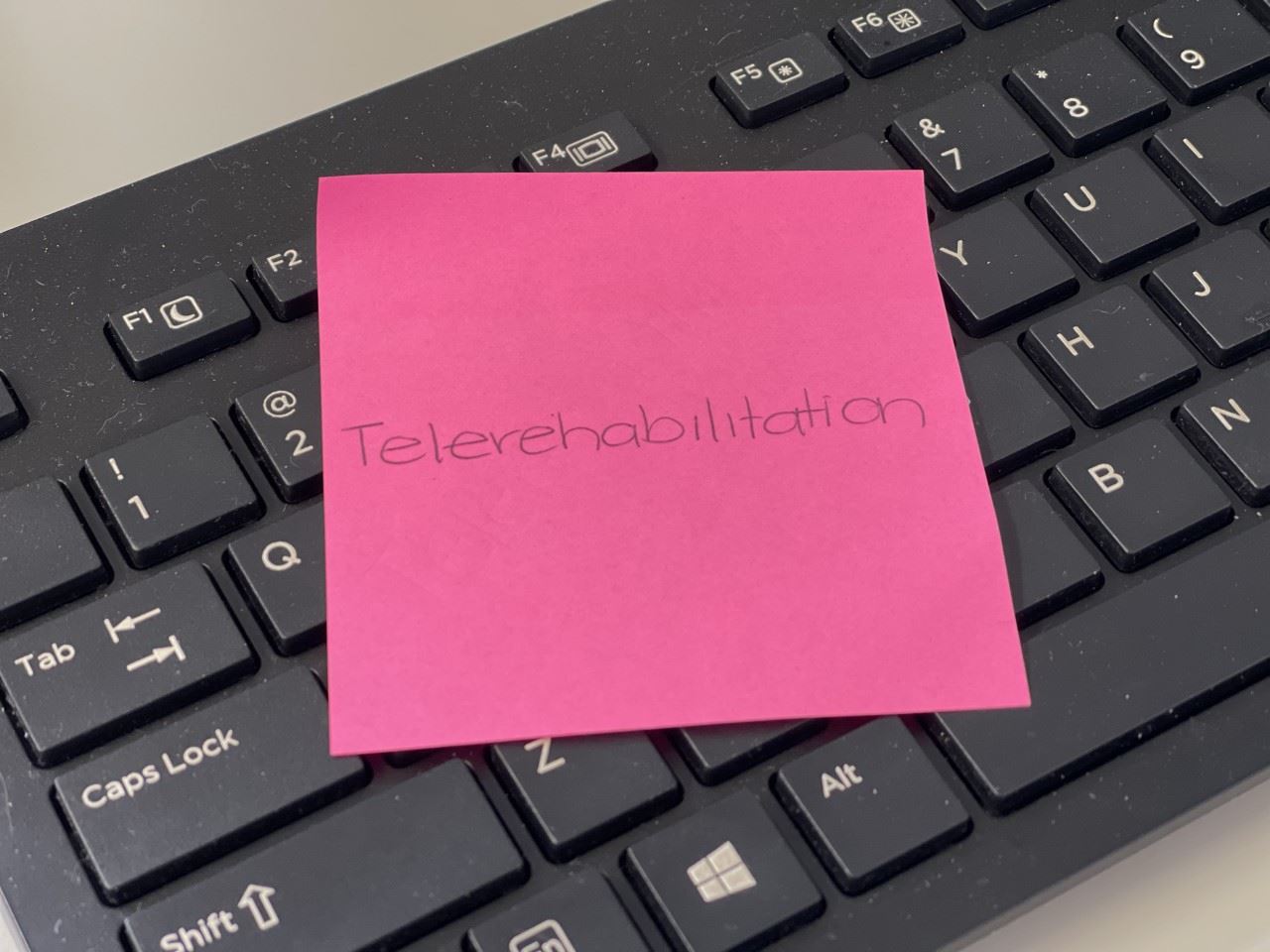Implementation of Telerehabilitation in Response to COVID-19: Lessons Learnt from Neurorehabilitation Clinical Practice and Education.
Authors: Nada Signal, Tara Martin, Adam Leys, Rebecca Maloney, Felicity Bright.
Telerehabilitation enables rehabilitation to be delivered across distance using information and communication technologies such as phone, text message, email, web-based resources, videoconferencing, rehabilitation devices and wearable technologies.

While it has been in use for some time, COVID-19 and the necessary restrictions put in place, accelerated its inclusion for many health professionals.
The effectiveness and use of telehealth in New Zealand in response to COVID-19 has been examined and published in the latest edition of the New Zealand Journal of Physiotherapy.
“Despite research evidence indicating that telerehabilitation is as effective as in-person rehabilitation for people with neurological conditions, there were significant challenges in delivering and sustaining telerehabilitation practice.”
Beginning with the benefits of telerehabilitation compared to in-person rehabilitation, the authors then looked at the ways district health boards and healthcare professionals established and maintained effective telerehabilitation services, as the country moved through the various stages of lockdown.
“Further work is required to identify what types of interventions are best delivered using telerehabilitation, when and how they are best delivered, for whom it is most appropriate, and how telerehabilitation approaches can effectively be integrated with in-person rehabilitation.”
The consequences of the COVID-19 lockdowns for inpatient rehabilitation providers have been captured by the researchers, including the ways in which care was provided during this time.
The lessons learnt cover organisational readiness, patient setup, translating communication and relational skills and clinical skills to the digital space, assessment, treatment, and professional development.
Some of the benefits of telerehabilitation may challenge physiotherapists and other health professionals' expectations and current practice, while at the same time providing a greater sense of empowerment and engagement for the patient and their whānau.
“It is now critical to build on the experiences and investments to date, and the skills that therapists have developed, and to embed telerehabilitation in everyday neurorehabilitation so that patients, therapists and services alike can fully benefit from the opportunities that telerehabilitation opens up.”
It is not a case of either in-person or telerehabilitation are best practice for neurorehabilitation but “both/and”.
You can read the full article online here.